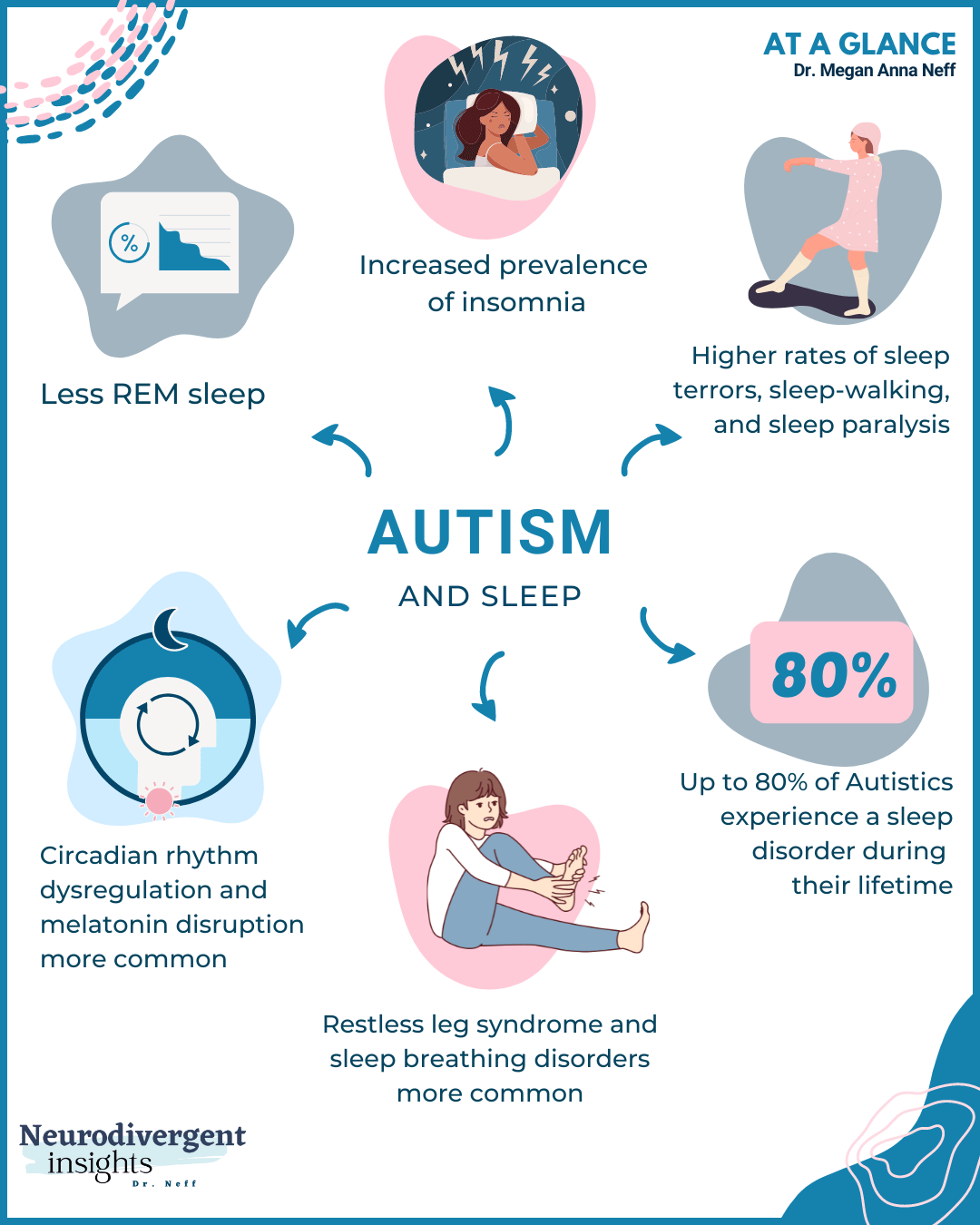Exploring Autism: Methods for Reliable Communication and Interaction
Effective communication and interaction with individuals on the autism spectrum require a detailed understanding of their one-of-a-kind demands and choices. Approaches such as using clear language, making use of aesthetic assistances, and cultivating regular routines can substantially improve interaction and minimize stress and anxiety. Additionally, acknowledging the relevance of non-verbal cues and shared interests paves the way for purposeful links. However, the details of these methods expose further considerations that warrant exploration, particularly in just how they can be adjusted to varied contexts and specific experiences. What might these adaptations resemble in method?
Recognizing Autism Spectrum Condition
Autism Spectrum Condition (ASD) incorporates a range of neurodevelopmental problems identified by obstacles in social interaction, interaction, and repeated habits. The term "range" reflects the diverse indications and varying degrees of intensity experienced by people with ASD. While some may display substantial impairments, others might present high-functioning characteristics, allowing for greater freedom in every day life.
The onset of ASD commonly occurs in early childhood years, with indicators usually identifiable by age 2. Very early indicators may include delayed speech growth, limited eye get in touch with, and problems in recognizing social cues. Although the accurate etiology of ASD stays uncertain, research study recommends a mix of hereditary and ecological factors plays a crucial function in its advancement.
As an outcome, interventions and assistance customized to specific needs are crucial for cultivating communication and social abilities. Acknowledging the complexity of ASD is crucial for promoting recognition, acceptance, and effective methods that facilitate purposeful interactions with individuals on the range.

Value of Clear Communication
Effective communication is essential for promoting understanding and connection, especially for individuals with Autism Spectrum Problem (ASD) Clear interaction not just facilitates social communications however likewise improves the person's capacity to reveal their thoughts, requirements, and emotions. For individuals with ASD, the subtleties of language can typically be testing; as a result, using simple and distinct language is essential.
In addition, clear interaction helps in reducing aggravation and stress and anxiety that may develop from misunderstandings. When messages are communicated in a consistent and direct manner, people with ASD are much better equipped to analyze info precisely, which can substantially enhance their social engagement and involvement in various settings.
Developing routines and using visual supports can better reinforce clear communication. These methods provide individuals with predictable structures that aid understanding and retention of information. Additionally, actively paying attention and being client throughout communications promotes a supportive atmosphere where individuals with ASD feel valued and understood.
Eventually, focusing on clear communication not just equips individuals with ASD but likewise fosters even more significant links with their peers, caretakers, and the wider area, leading the way for collaborative relationships and comprehensive interactions. - autism
Non-Verbal Interaction Methods
Communication expands beyond words, and for people with Autism Range Disorder (ASD), non-verbal cues play a significant function in communications. Non-verbal communication methods can include face expressions, motions, body movement, and eye call, all of which act as vital elements for communicating emotions and purposes.
Comprehending and translating these non-verbal signals can enhance interactions with individuals with ASD. A cozy smile or open pose can develop a welcoming environment, encouraging involvement. Similarly, utilizing visual help-- such as picture cards click reference or icons-- can link interaction spaces and help convey messages much more effectively.
It is additionally essential to be conscious of personal room, as individuals with ASD may have different comfort levels concerning closeness. Observing their responses to physical distance can notify appropriate modifications.

Producing Supportive Settings
Developing an encouraging environment is vital for cultivating favorable communications and enhancing the health of people with Autism Spectrum Problem (ASD) Such settings can considerably lower anxiousness and create a sense of security, enabling people to express themselves much more freely.
To achieve this, it is vital to take into consideration sensory level of sensitivities that blog individuals with ASD might experience. Changing the physical room to consist of soft lighting, marginal background noise, and comfy seats can develop a soothing environment. Furthermore, making use of consistent regimens and clear aesthetic routines can aid people anticipate changes and decrease unpredictability, more promoting convenience.
Social spaces need to be structured to minimize frustrating stimulations while giving chances for interaction in favored tasks. Facilitating areas assigned for silent time can additionally function as a haven throughout moments of tension. Significantly, integrating elements of option equips people, allowing them to exercise company in their setting.

Motivating Social Interactions
Promoting social interactions amongst people with Autism Spectrum Disorder (ASD) requires deliberate approaches that prioritize convenience and interaction. Developing predictable routines can help in reducing anxiety, making social settings much more approachable. Producing organized settings with specified duties and duties allows people to involve without the frustrating stress of unstructured social characteristics.
Integrating passions and staminas into social tasks can work as a catalyst for communication. As an example, organizing group tasks around shared hobbies or subjects of attraction can help with all-natural discussions and connections. Additionally, utilizing aesthetic supports, such Get More Information as pictorial schedules or social scripts, can aid in comprehending social hints and assumptions.
Modeling proper social behaviors is crucial - autism. Adults and peers ought to demonstrate effective communication techniques, consisting of energetic listening and turn-taking. Role-playing scenarios can likewise offer a risk-free area for people to exercise these skills
Last but not least, cultivating peer connections with inclusive techniques is important. Urging comprehensive playdates or group trips can create chances for socializing in a comfortable setup. By implementing these methods, caretakers and educators can substantially boost social communications for individuals with ASD, promoting their general social development and health.
Conclusion
In conclusion, effective communication and communication methods are essential for supporting individuals with Autism Range Condition. Ultimately, these techniques empower individuals with autism to browse social landscapes, promoting their general well-being and making it possible for the advancement of enduring connections.
Effective communication and communication with individuals on the autism spectrum necessitate a thorough understanding of their special requirements and preferences. Clear communication not just facilitates social communications however also improves the person's capability to reveal their demands, emotions, and ideas.Cultivating social communications amongst people with Autism Spectrum Condition (ASD) calls for willful methods that focus on convenience and engagement. By implementing these instructors, approaches and caregivers can substantially improve social interactions for people with ASD, promoting their overall social growth and well-being.
In verdict, effective communication and interaction strategies are vital for sustaining individuals with Autism Spectrum Disorder.